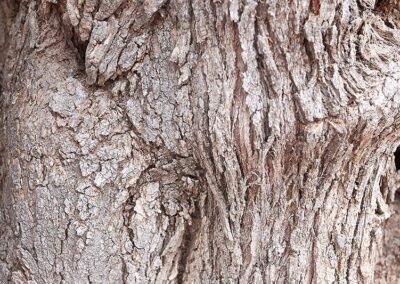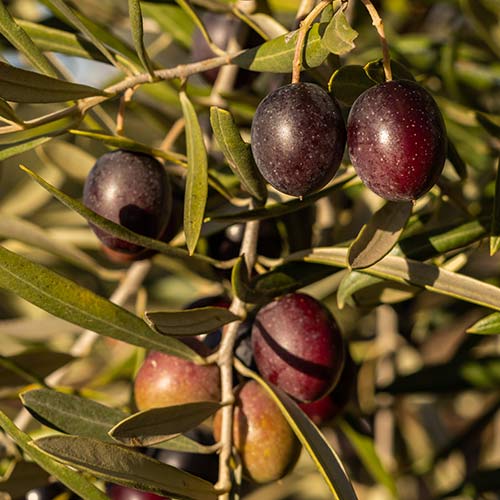
Olive Tree

Pollen Type: Tree
Cross-Reactivity: White Ash
HS Allergy Extract: Olive Tree
Family: Oleaceae
Genus/Species: Olea europaea
Common Names: Olive
Distribution: California from the upper Sacramento Valley to Mexico; lowland desert areas of southern Nevada, Arizona, and occasionally in New Mexico. Also occasionally in Florida.
Locations: Orchards, subtropical climates with mild winters and long, dry summers
Pollination Method: Wind-pollinated
Pollinating Period: March & April
Description: The Olive is a small, evergreen tree growing up to 25’-30′ tall. The leathery leaves are opposite and average 2″ long and ½” wide. When young, it has smooth, grey bark; as it matures, it becomes rough, and the trunk often twists. They are sharp-tipped, tapering at both ends, dark green above and rough and silvery green beneath. Its numerous small white blossoms grow in clusters. Its drupe (fruit) holds the pit (seed), covered by a thin, oil-rich exterior that’s black or purplish at maturity. Olive trees produce abundant pollen, much of which becomes wind-borne, making it of primary allergenic importance.






